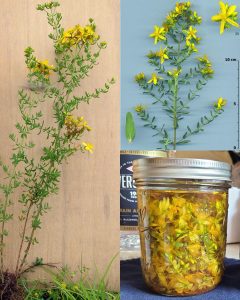
30 Surprising Benefits of Hypericum perforatum (St. John’s Wort) and How to Use It at Home
Hypericum perforatum, commonly known as St. John’s Wort, is a bright yellow flowering herb that has been used for centuries in…
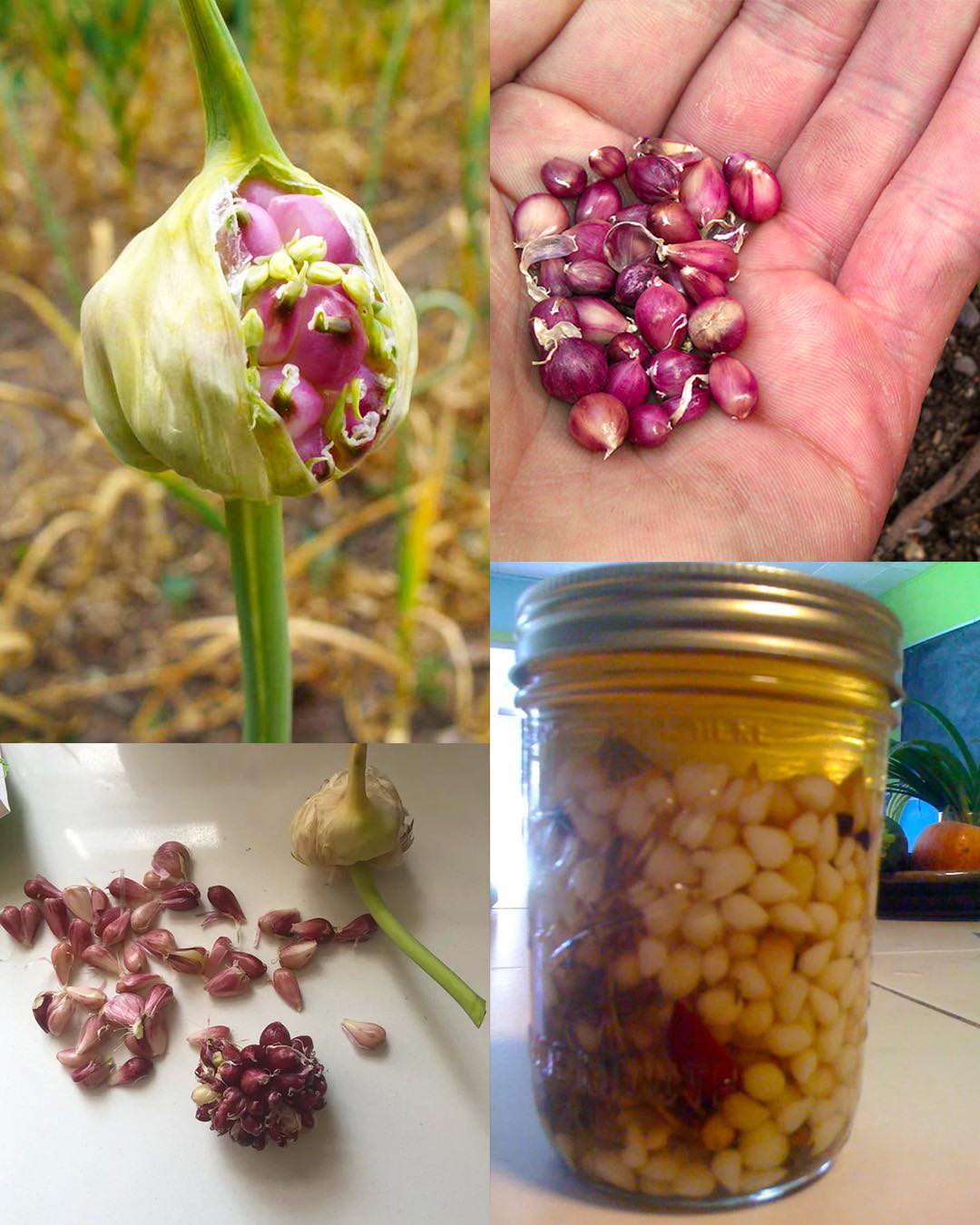
When people think of garlic, they imagine the familiar bulb with its cloves — but few realize that the true hidden treasure of the plant lies much higher up, in the flower stalk. These tiny pearl-like formations, called garlic bulbils, grow inside the scape and hold an extraordinary concentration of nutrients and healing compounds. Though small, they are powerful, natural, and versatile — carrying nearly the same medicinal force as garlic cloves, often in a more compact form.
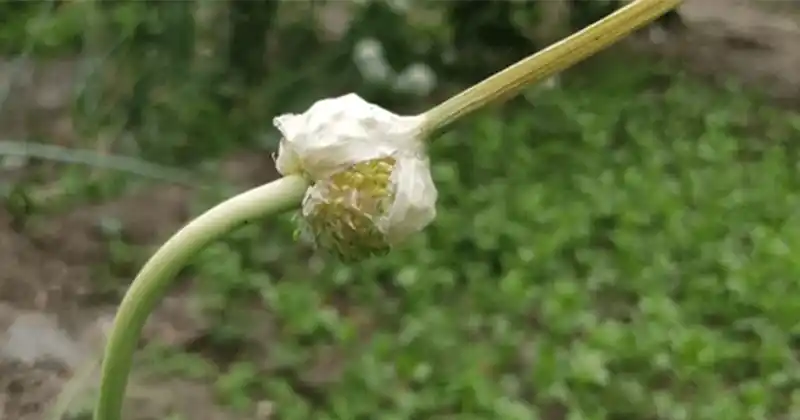
Below you’ll discover the real power of garlic bulbils, their health benefits, and the best ways to use them at home.
Garlic bulbils are miniature bulbs produced in the flower cluster of hardneck garlic varieties. Instead of forming true seeds, garlic develops these small, pearl-like bulbs above the ground. Each bulbil has the potential to become a new garlic plant — but it can also be used just like the cloves, offering impressive nutritional and medicinal properties.
Because they develop above the soil, they remain clean, concentrated, and chemical-free, carrying the full life force of the plant in a tiny capsule.
Bulbils are rich in allicin, a sulfur compound known for fighting bacteria, viruses, and fungi. Just a few crushed bulbils daily can strengthen the immune system and help the body resist common infections.
Thanks to allicin and other sulfur compounds, garlic bulbils act as a broad-spectrum natural antibiotic. They can help combat colds, throat infections, and mild respiratory issues when consumed raw or infused in honey.
Garlic bulbils help lower bad cholesterol (LDL) and regulate blood pressure. Consuming a small amount regularly promotes healthy circulation and reduces plaque buildup in arteries.
They gently stimulate digestive enzymes and support the growth of healthy gut bacteria, helping relieve bloating, sluggish digestion, and mild intestinal discomfort.
The sulfur compounds and antioxidants found in bulbils calm internal inflammation. Regular use may ease joint pain and stiffness associated with conditions like arthritis.
Garlic bulbils contain compounds that naturally resist fungal infections such as candida and skin fungi. When crushed and mixed with oil, they can be applied externally to help with minor fungal skin problems.
Bulbils support liver function by increasing the production of detoxifying enzymes. They help the body flush out toxins, heavy metals, and harmful compounds accumulated over time.
Just like garlic cloves, bulbils can open up airways and soothe the respiratory tract. They may help with cough, bronchitis, and nasal congestion when taken as a tea or infused in warm water.
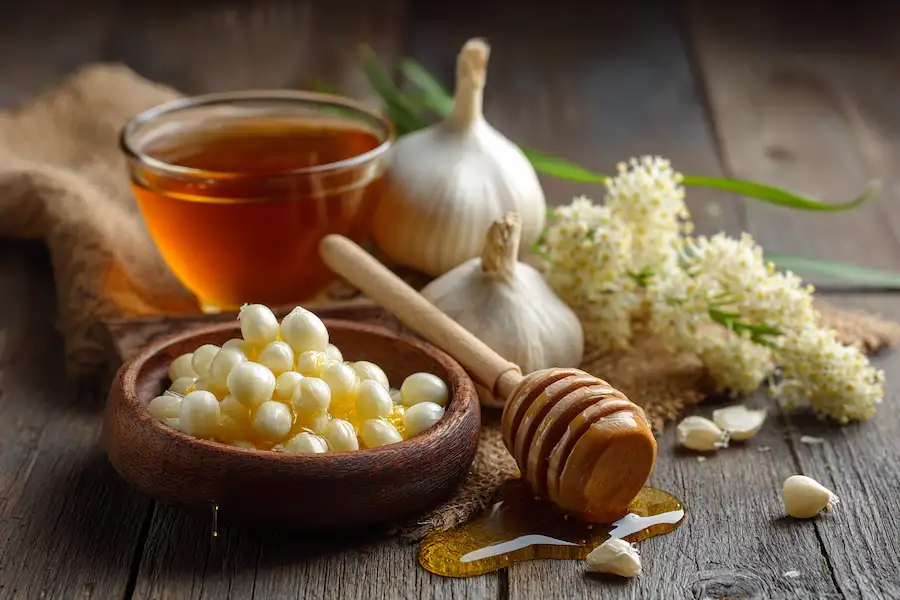
The natural compounds in bulbils improve metabolism, helping the body burn fat more efficiently. When consumed before meals, they can gently suppress appetite.
Garlic bulbils increase blood flow and oxygen delivery, providing more energy throughout the day. They were traditionally used by workers and farmers for stamina and endurance.
Crushed garlic bulbils in oil can be used as a topical remedy for acne, fungal spots, or insect bites. Their antibacterial properties cleanse the skin and speed up healing.
Antioxidants in garlic bulbils help protect brain cells from oxidative stress. Some traditional healers believe they help with focus, mental clarity, and memory.
Garlic bulbils may help regulate blood sugar levels by improving insulin sensitivity. Taken regularly in small doses, they can support healthy glucose metabolism.
The high antioxidant levels protect cells from damage caused by free radicals, reducing premature aging and supporting long-term health.
In some traditional remedies, crushed bulbils are used to combat internal parasites, especially when combined with honey or herbal teas.
Garlic bulbils are powerful, and while generally safe in small amounts, they can cause digestive discomfort or irritation in sensitive individuals. Avoid excessive use if you have stomach ulcers, low blood pressure, or are taking blood-thinning medication. Always start small and observe how your body reacts.

Hypericum perforatum, commonly known as St. John’s Wort, is a bright yellow flowering herb that has been used for centuries in…
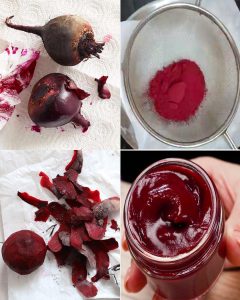
Beetroot, with its vibrant red hue, is a powerhouse of nutrients and has been cherished for centuries for its medicinal,…

The dandelion (Taraxacum officinale), often dismissed as a mere garden weed, is in fact a powerhouse of nutrients and medicinal…
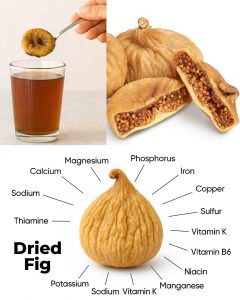
Dried figs are one of nature’s oldest and most nourishing fruits, treasured since ancient times for both their sweetness and…
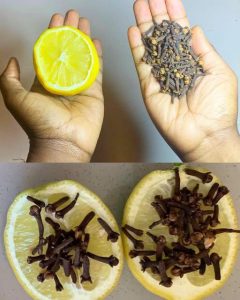
You might never have thought about combining cloves, lemon, and onion, but this potent mix has remarkable health benefits, practical uses around the…

If you’re looking for a practical, delicious, and long-lasting way to preserve meat without refrigeration, this traditional method of canning…

At the 2025 WSJ Magazine Innovator Awards, Billie Eilish delivered one of the most talked-about speeches of the evening –…

A royal reckoning: the disgraced Duke of York loses his “Prince” title, honors, and residence amid renewed outrage over his…
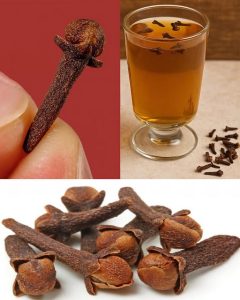
When it comes to natural remedies, some of the most powerful ones are hiding in plain…

What would you do if after 30 years you found out that everything in your life was a lie? Diego…

I was stunned when my biological dad came up at my wedding and said he gave me my ideal…

I never thought I’d be sharing this story with strangers on the internet, but sometimes the hardest truths need to…